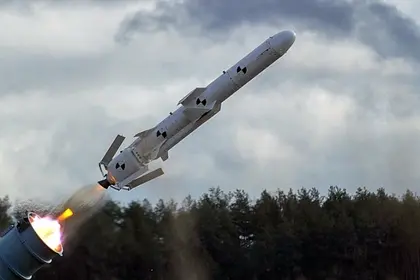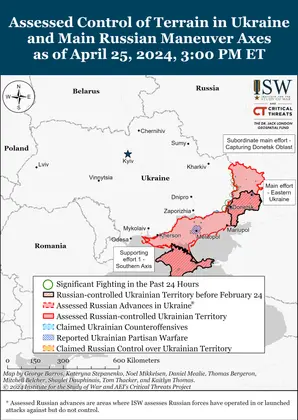Ukraine’s new cruise missile, the Neptune, could be ready for mass production within the next two to three years, Serhiy Zgurets, the director of the Defense Express consulting agency, said at a press briefing in Kyiv on Feb. 2.
With the Neptune in service, Ukraine’s Armed Forces will have plugged a gap in their ability to deliver precise, powerful, long-distance strikes, Zgurets said.
Earlier, on Jan. 30, Ukraine’s National Security and Defense Council Secretary Oleksandr Turchynov reported that the Ukrainian-produced ground-based cruise missile had passed a test of its flight characteristics and systems operations. According to Turchynov, the new weapon, which is still under development by the Kyiv-based Luch defense development bureau, would be “an important deterrent against the (Russian) aggressor,” together with other Ukrainian missile projects supervised by the council.
While none of the official reports about the Jan. 30 tests named the missile, it was immediately identified by the expert community as the Neptune – an advanced Ukrainian subsonic cruise missile based on the Kh-35, a Soviet-designed subsonic anti-ship missile put into service by Russia in 2003.
According to state defense industry holding UkrOboronProm, the Neptune can sink warships with displacements of up to 5,000 tons – which would include all of the Russian landing ships and frigates currently in service.
Zgurets said the Neptune project has been in development since as far back as 2010; but it wasn’t until Russia launched its war on Ukraine in the Donbas that the country’s leadership had paid attention to developing a cruise missile for use in large-scale ground and maritime warfare.
“As a matter of fact, (the Jan. 30 tests) were not the first trials for this missile,” the expert said. “The first ones were in 2013.”
However, he said the missile was still at an early stage of development and could still undergo radical redesigns.
“I was very surprised that the tests were disclosed to the public, because the risk of sudden failures during tests is always real, especially at the early stages,” Zgurets said. He said the tests were more a propaganda exercise than a actual demonstration of the Ukrainian defense industry’s potential.
All the same, the example of the Neptune shows that by using already existing and proven engineering solutions, Luch can create a missile that can be relatively quickly and inexpensively added to Ukraine’s arsenals, he said.
“While carefully analyzing the test video, one notices that the Neptune’s missile container resembles that of the S-300 anti-aircraft complex, while some of the launching facilities look like those of the S-200 missile,” he said. “In fact, that’s an optimal fusion of capabilities to quickly produce a combat-effective missile.”
The Ukrainian army still lacks long reach, Zgurets added, meaning it has no modern and effective long-range missiles. Prior to the start of Russia’s war in Donbas, Ukraine’s longest-range weapon was the Tochka missile, which can hit targets at ranges of up to 120 kilometers, though with very low accuracy. Another missile, the BM-20 Smerch multiple launch rocket system, can cause devastating damage to hostile targets at an average distance of 70 kilometers, however, it is also extremely imprecise.
Zgurets said other promising projects under development include the 300-millimeter Vilkha multiple rocket launch system which fires 12 independently-guided rockets in one salvo, and the Sapsan ballistic missile, which has a range of up to 280 kilometers.
However, missile development in Ukraine still needs more investment to develop new capabilities, Zgurets said.
You can also highlight the text and press Ctrl + Enter







Comments (0)